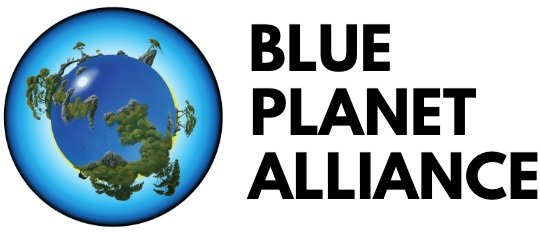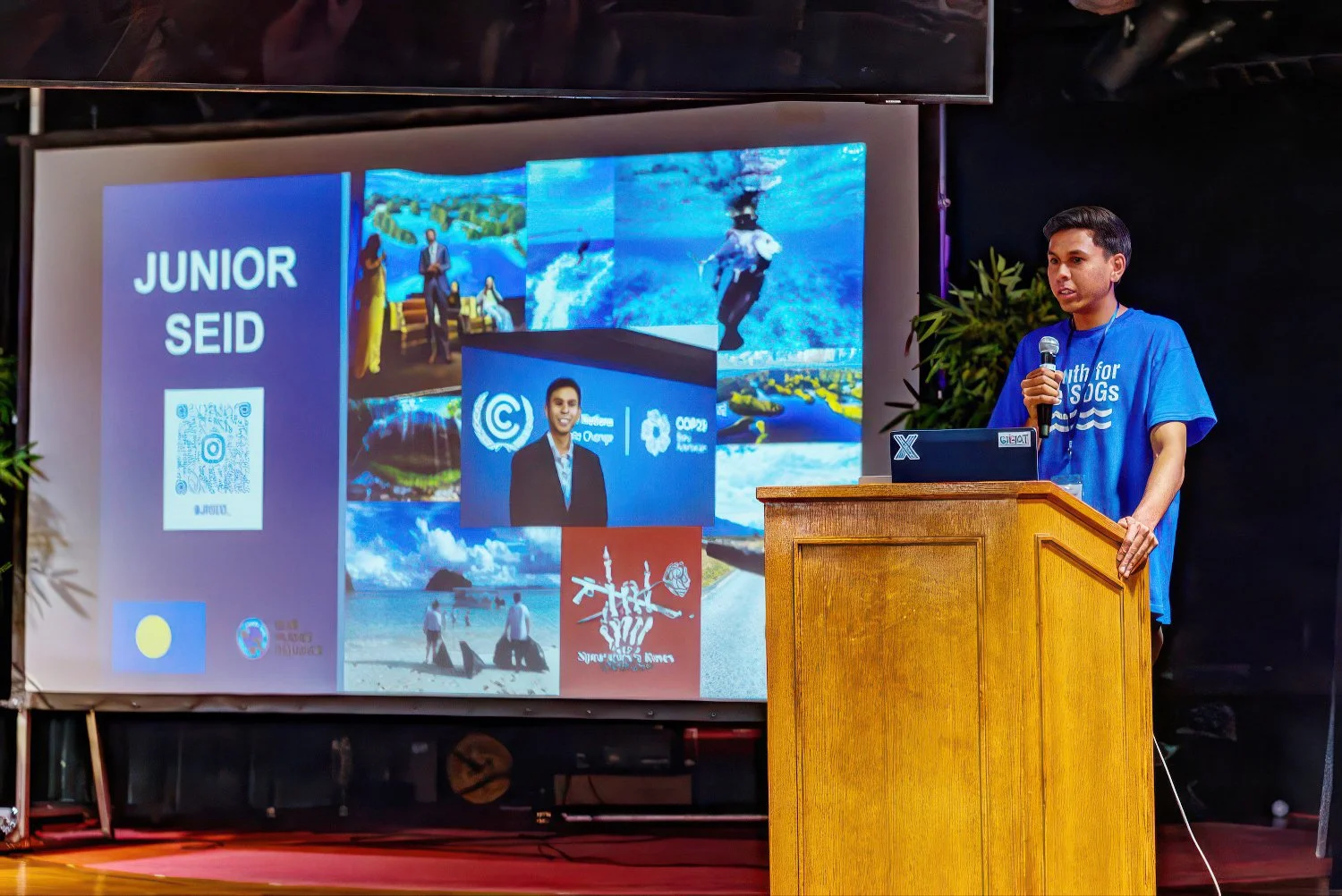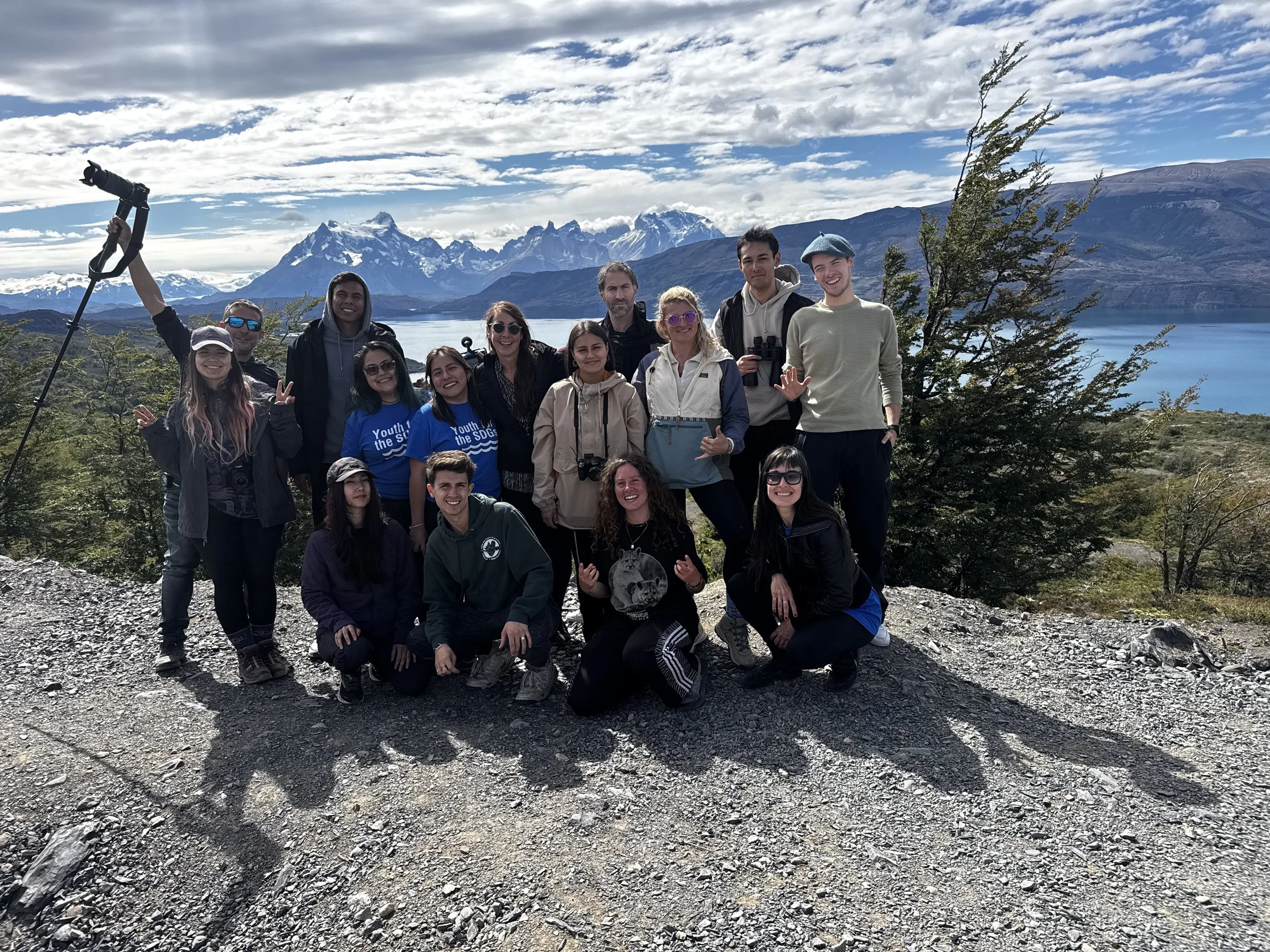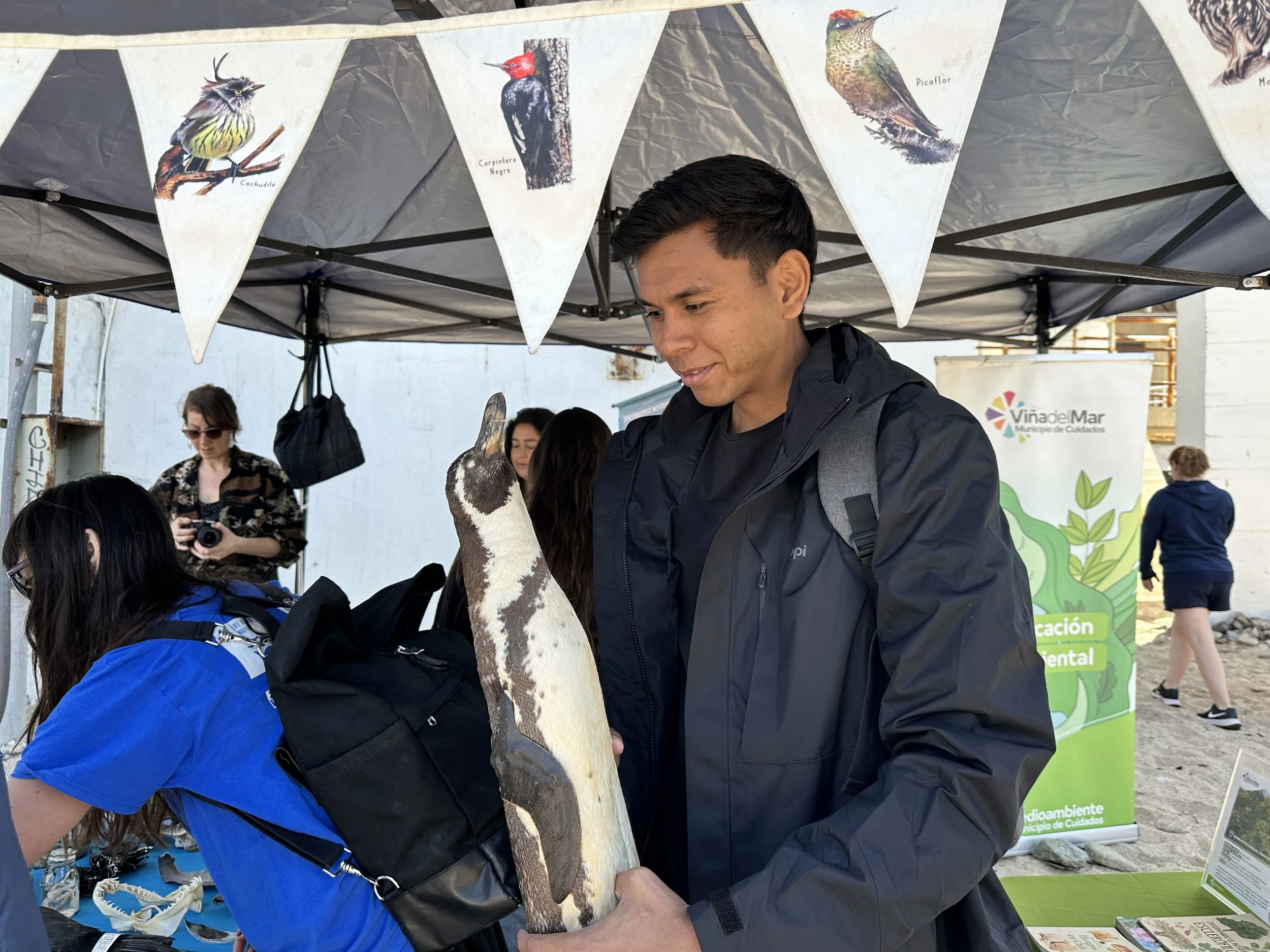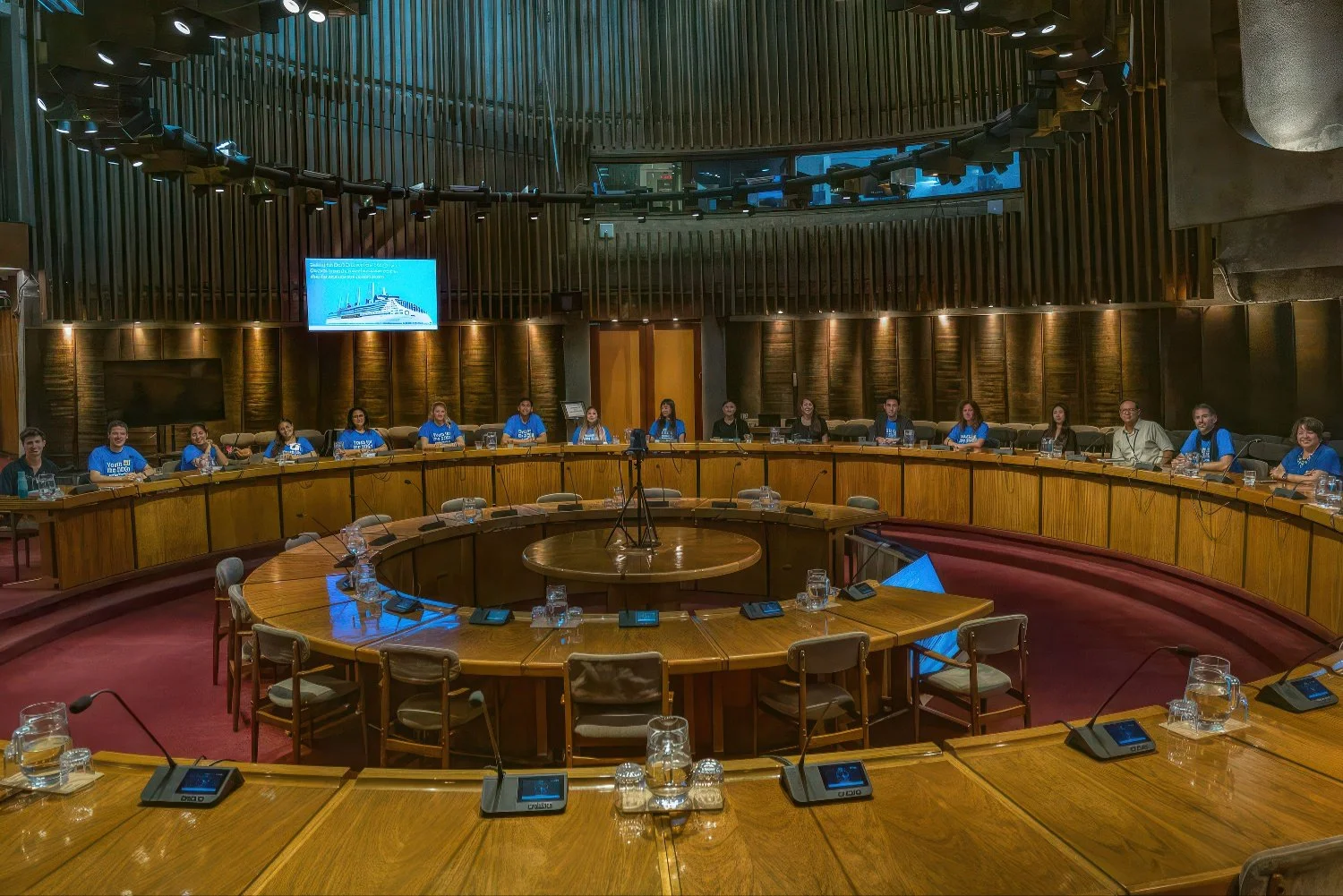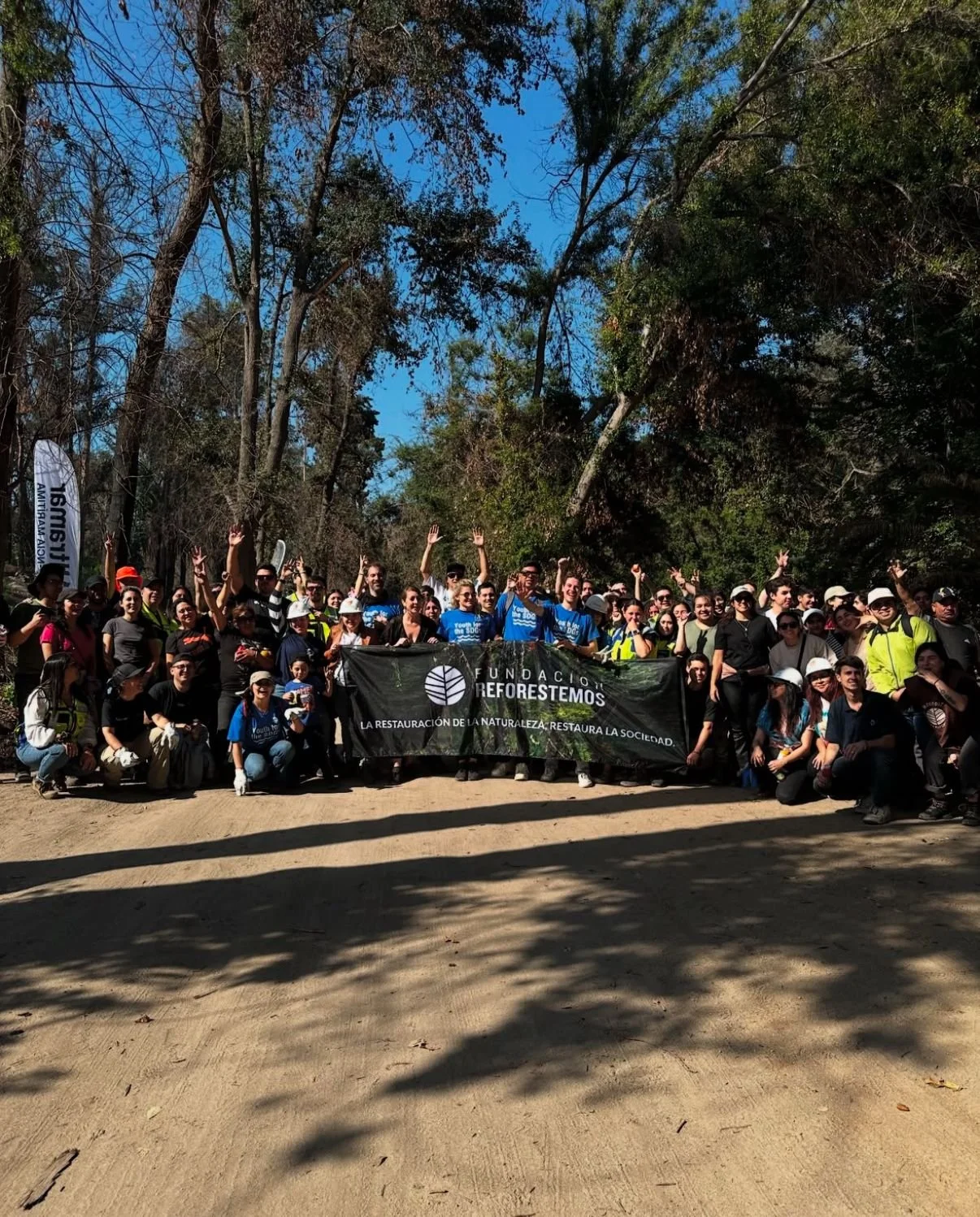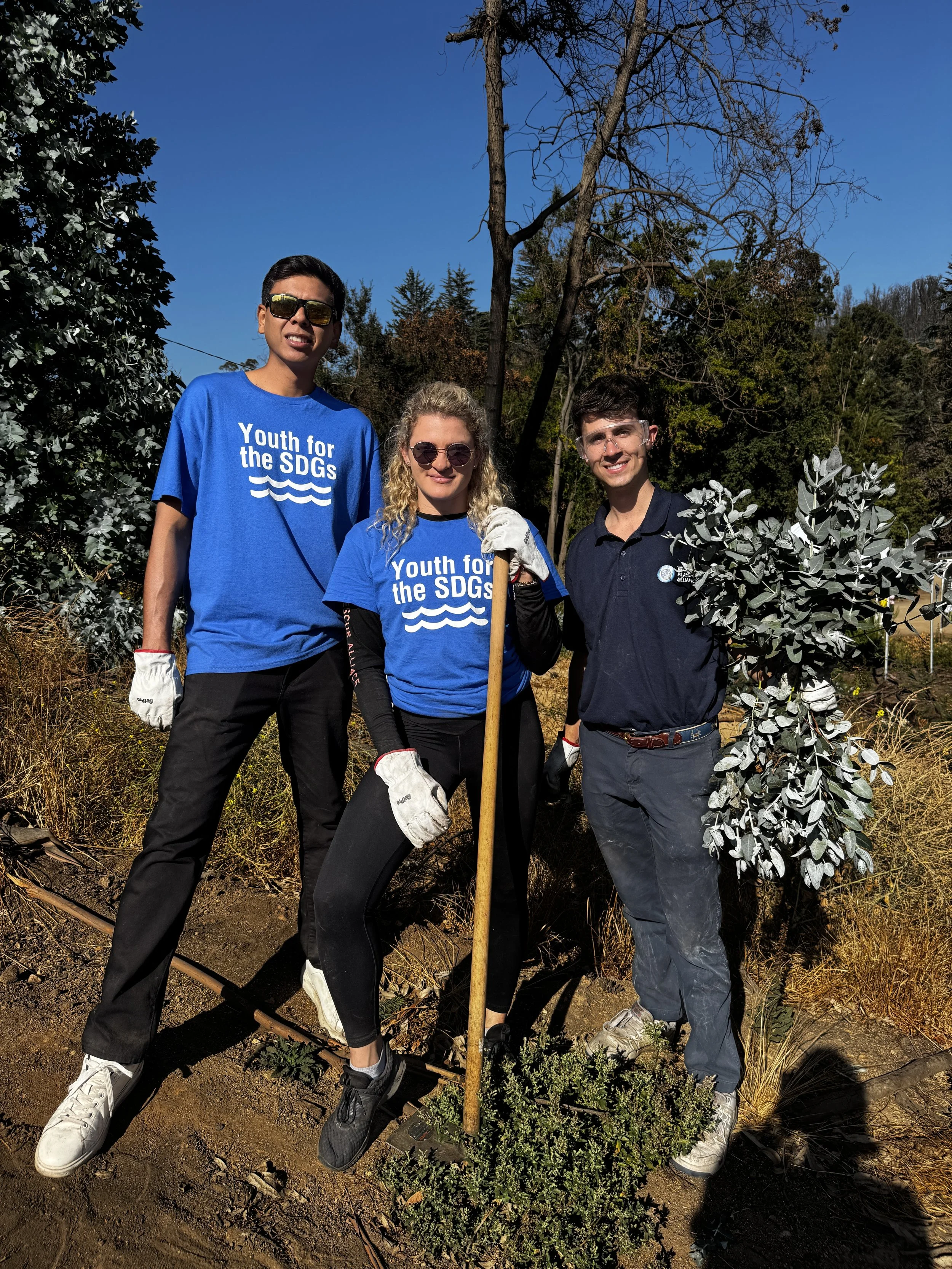PALAU AND PATAGONIA: CONNECTED BY WATER
By Alan Junior Seid
As a native of Palau, a Small Island Developing State (SIDS), my world has always revolved around the ocean. The rising tides, shifting weather patterns, and ecosystem balance between people and nature are more than talking points to me — they make up our very lives. But when I got the chance to go to Patagonia as part of a collaboration with Blue Planet Alliance to join Peace Boat’s Youth for SDGs program focused on the United Nations Ocean Decade, I knew this would be an eye-opening journey that linked my island home to a corner of the world that is profoundly impacted by climate change.
Patagonia’s landscapes and climates were unlike any I’d known; massive glaciers, towering mountain ranges, and fierce winds. But beneath this stunning landscape were the same challenges we confront in the Pacific: rising temperatures, disappearing ecosystems, and people struggling to keep their way of life alive.
While in Patagonia, I was able to witness melting glaciers as a visual representation of the environmental crisis affecting everyone. It was heartbreaking to see the huge ice formations breaking off and melting into the sea. It was reminiscent of the coastal erosion that threatens Palau’s shores; the coral bleaching events that have damaged our reefs; and the storms that seem to grow more powerful each year.
One of the most powerful experiences of this trip was connecting with the Indigenous communities of the Patagonian region. They passed down their deep understanding of the land, their battles to defend their heritage, and the need to live in balance with nature. Their resilience hit home for me as an Indigenous Palauan. Their struggle to maintain their traditions resonates with our struggle here at home to hold on to our cultural and environmental identity while trying to develop a robust tourism industry.
We shared how climate change had affected people here and I noticed how their experiences were similar to people back in the Pacific. Indigenous peoples are fighting on the front lines, pushing for solutions and leading environmental stewardship, whether it be in the Pacific or South America.
The Youth for SDGs program celebrated individual change makers from around the globe who have their own definition of sustainability and activism. We shared ideas for global climate policies, what we were doing locally, and brainstormed ways to elevate youth voices in decision-making spaces. Having participated in both COP28 and COP29 United Nations climate negotiations, this experience reaffirmed my position that youth should continue demanding ambitious climate promises.
Peace Boat’s program focused on the importance of education and storytelling to create movement for change. Bringing together youth from across backgrounds, we created a network of passionate advocates ready and able to take steps in our individual communities. I returned home from Patagonia inspired, recognizing that though our islands and continents are miles apart, our struggles and hopes are intimately woven together.
I return to Palau with the lessons of Patagonia — reminders of resilience, the power of the community, and the urgent need for climate action. Our islands may be small, but our voices are loud. My experiences on the Peace Boat reaffirmed for me that, in the fight against climate change, we must have global solidarity.
To my fellow youth activists around the world: our purpose in this movement is essential. We have to continue to call for action, to educate, to build bridges between communities under the same threats. We all need to work together to save the fate of the world.
Patagonia and Palau may seem worlds apart, but they are connected through the same waters that unite us all. And if we listen to those waters, they are telling us: the time to act is now.
Alan Junior Seid is a Blue Planet Alliance Global Ambassador from Palau.
